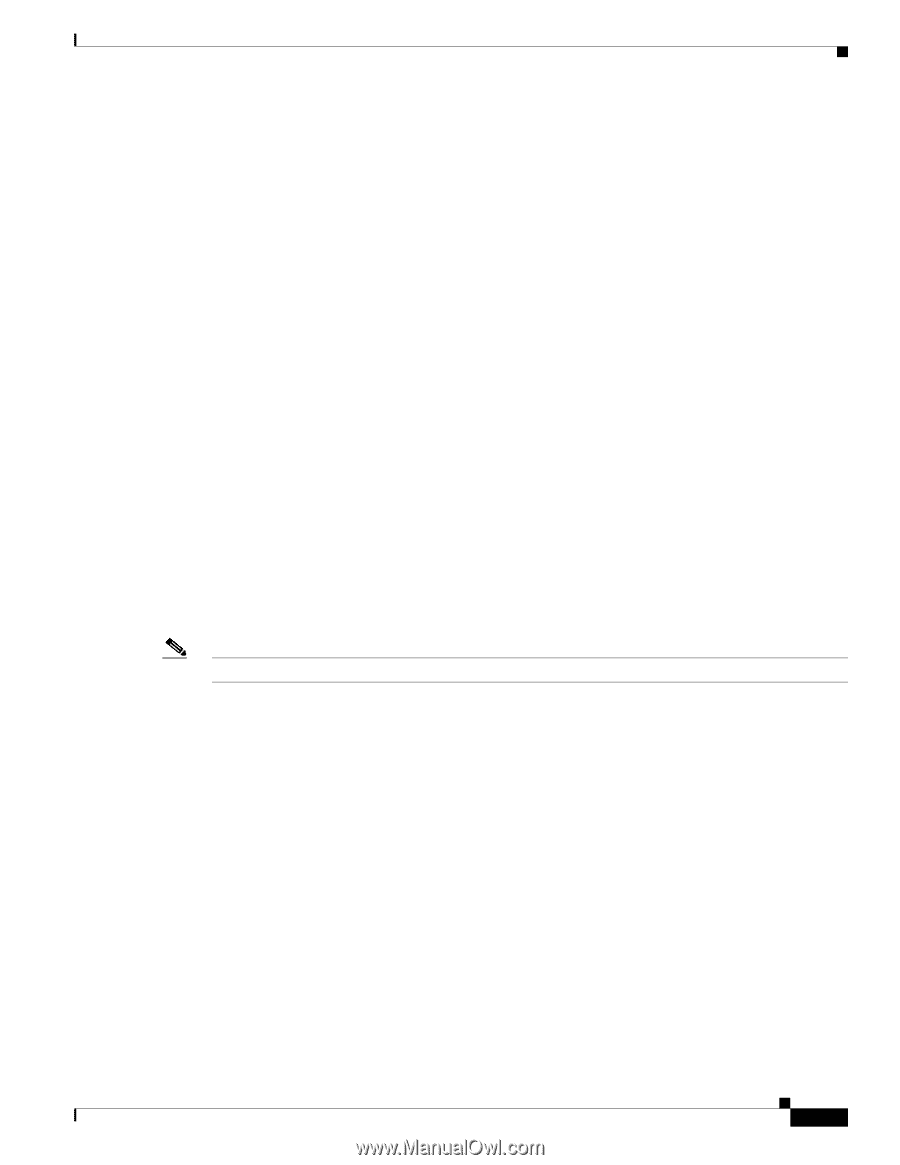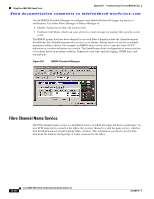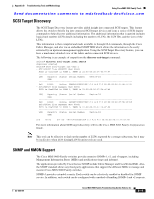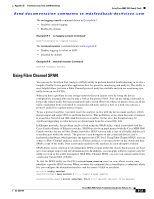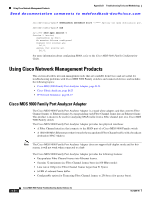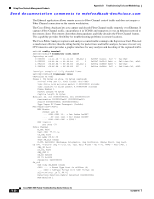Cisco MDS-9124 Troubleshooting Guide - Page 537
Using RADIUS, Using Syslog
 |
View all Cisco MDS-9124 manuals
Add to My Manuals
Save this manual to your list of manuals |
Page 537 highlights
Appendix B Troubleshooting Tools and Methodology Using Cisco MDS 9000 Family Tools Send documentation comments to [email protected] Using RADIUS RADIUS is fully supported for the Cisco MDS 9000 Family switches through the Fabric Manager and the CLI. RADIUS is a protocol used for the exchange of attributes or credentials between a head-end RADIUS server and a client device. These attributes relate to three classes of services: • Authentication • Authorization • Accounting Authentication refers to the authentication of users for access to a specific device. You can use RADIUS to manage user accounts for access to Cisco MDS 9000 Family switches. When you try to log into a switch, the switch validates you with information from a central RADIUS server. Authorization refers to the scope of access that you have once you have been authenticated. Assigned roles for users can be stored in a RADIUS server along with a list of actual devices that the user should have access to. Once the user has been authenticated, then switch can then refer to the RADIUS server to determine the extent of access the user will have within the switch network. Accounting refers to the log information that is kept for each management session in a switch. This information may be used to generate reports for troubleshooting purposes and user accountability. Accounting can be implemented locally or remotely (using RADIUS). The following is an example of an accounting log entries. switch# show accounting log Sun Dec 15 04:02:27 2002:start:/dev/pts/0_1039924947:admin Sun Dec 15 04:02:28 2002:stop:/dev/pts/0_1039924947:admin:vsh exited normally Sun Dec 15 04:02:33 2002:start:/dev/pts/0_1039924953:admin Sun Dec 15 04:02:34 2002:stop:/dev/pts/0_1039924953:admin:vsh exited normally Sun Dec 15 05:02:08 2002:start:snmp_1039928528_172.22.95.167:public Sun Dec 15 05:02:08 2002:update:snmp_1039928528_172.22.95.167:public:Switchname Note The accounting log only shows the beginning and ending (start and stop) for each session. Using Syslog The system message logging software saves messages in a log file or directs the messages to other devices. This feature provides the following capabilities: • Logging information for monitoring and troubleshooting. • Selection of the types of logging information to be captured. • Selection of the destination of the captured logging information. Syslog lets you store a chronological log of system messages locally or sent to a central Syslog server. Syslog messages can also be sent to the console for immediate use. These messages can vary in detail depending on the configuration that you choose. Syslog messages are categorized into 7 severity levels from debug to critical events. You can limit the severity levels that are reported for specific services within the switch. For example, you may wish only to report debug events for the FSPF service but record all severity level events for the Zoning service. OL-9285-05 Cisco MDS 9000 Family Troubleshooting Guide, Release 3.x B-21
